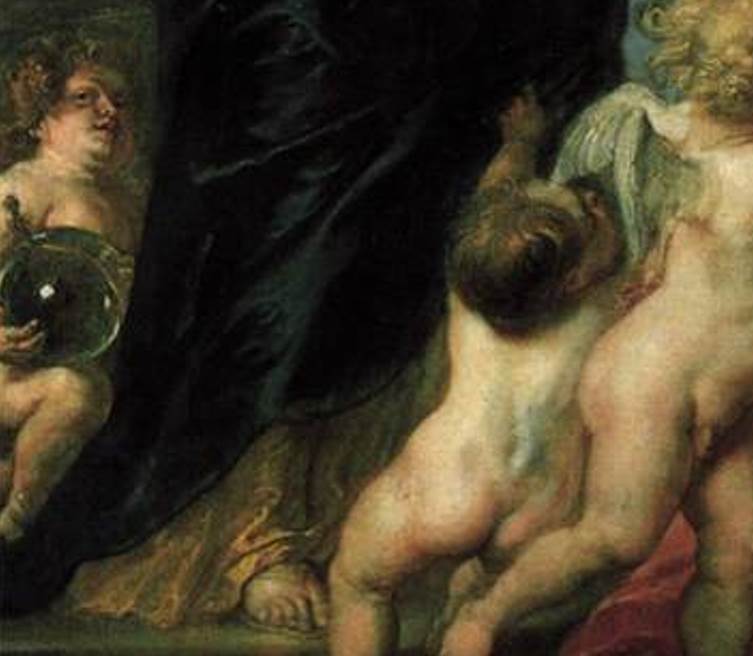What better way to make a statement than painting a dramatic work depicting the horrors of war, right?
That’s exactly what Peter Paul Rubens (1577-1640), one of the most renowned artists of the Baroque period, must have thought during the late 1630s when he created a work known as “Consequences of War.”
Let’s take a closer look at some of the most interesting facts about this Rubens masterpiece.
1. It was painted shortly before the artist passed away
Consequences of War, a painting also referred to as the “Horrors of War,” was painted during the final years of the life of Peter Paul Rubens between 1638 and 1639. He eventually passed away the following year from heart failure due to a chronic gout problem.
The work was painted in the typical style of Rubens referred to as “Flemish Baroque.” This painting pretty much embodies this style as it features an intense level of drama, female nudity, and exaggerated expressions to bring the point across.
Regardless, Rubens was influenced by the Italian Renaissance artists that he admired most, including the works of Titian and Michelangelo, and to a lesser degree Carracci and Caravaggio.
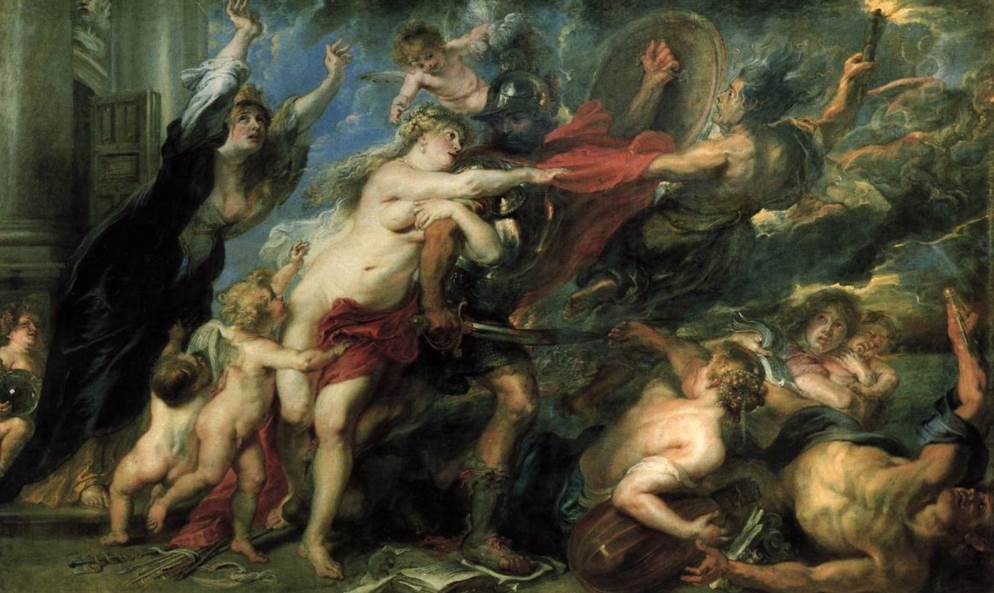
2. It was comissioned by the Grand Duke of Tuscany
Apart from being an extremely gifted painter, Peter Paul Rubens was also a renowned diplomat. His likable nature among monarchs all across Europe didn’t just earn him plenty of commissions for painting but also established his reputation as a skilled negotiator.
Rubens lived in the Spanish Netherlands and was closely allied with Isabella of Spain. The fact that he eventually ended up being knighted by Charles I of England tells you everything about the status of Rubens as a diplomat.
This particular painting was commissioned by Ferdinando II de Medici, an Italian and the Grand Duke of Tuscany between 1621 and 1670. Yes, this means that he was also welcome at the residences of the Italian dukes, as well as Marie de Medici, Queen of France, for whom he painted several monumental works.
3. It’s a response to a war that had lasted 2 decades already
His role as a diplomat all across Europe allowed Rubens to get a front-row seat in a war known as the “Thirty Years’ War.” This war started in 1618 and eventually ended in 1648 with the treaties of Osnabruck and Munster and the Peace of Westphalia.
Rubens himself was a messenger between the major parties fighting in Europe (which was pretty much everybody) and personally tried to establish peace between Spain and England, traditional enemies at the time, in an attempt to bring other parties together.
Just like World War I, nobody knew anymore why they were fighting, but political power and the quarreling between Catholics and Protestants ensured the war went on. By the time Rubens completed this painting, the war had raged for two decades already.
He did everything he could to integrated the sense of despair into this work, which in a sense was a personal matter for Rubens as well.
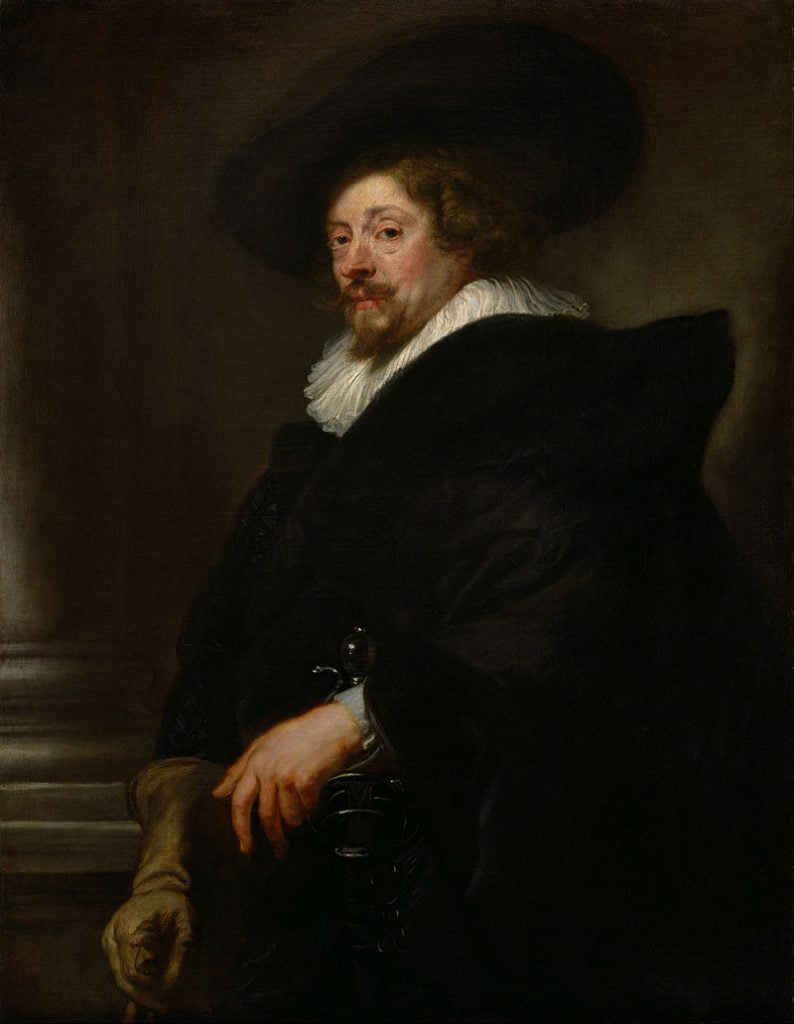
Apart from the traditional elements that Rubens consistently integrated into his work such as nudity and exaggerated drama, he also frequently included symbols related to the work’s subject.
In the case of Consequences of War, these include various symbols related to war and peace. Some of these include:
- The central figure of the painting is Mars, the Roman god of war, who is wearing a helmet and shield as if he’s about to engage in combat.
- The building on the left is the “Temple of Janus.” This building’s door was closed during times of peace and opened during times of war.
- Venus, the goddess of love and the mistress of Mars, tries to fruitlessly restrain Mars from engaging in war.
- The other naked woman represents Harmony who is holding a lute. She is depicted falling on the ground and the lute breaks.
- The woman to the left of Venus represents Europe. She is depicted wearing black which represents the state of the continent.
5. The painting still resides today where it was originally hung
Since the painting was commissioned by the Grand Duke of Tuscany, it means that it was intended to decorate Ferdinando II de’ Medici’s Pitti Palace in Florence, a place where he was both born and passed away.
The original version of this huge Renaissance Palace was completed in 1458 but it was greatly expanded after it was bought by the Medici Family in 1549.
Today, this remarkable structure near the iconic Ponte Vecchio is a museum of fine art owned by the Italian State. It has been part of the Uffizi Gallery since 2015 and houses an amazing collection of works, including this masterpiece by Peter Paul Rubens.
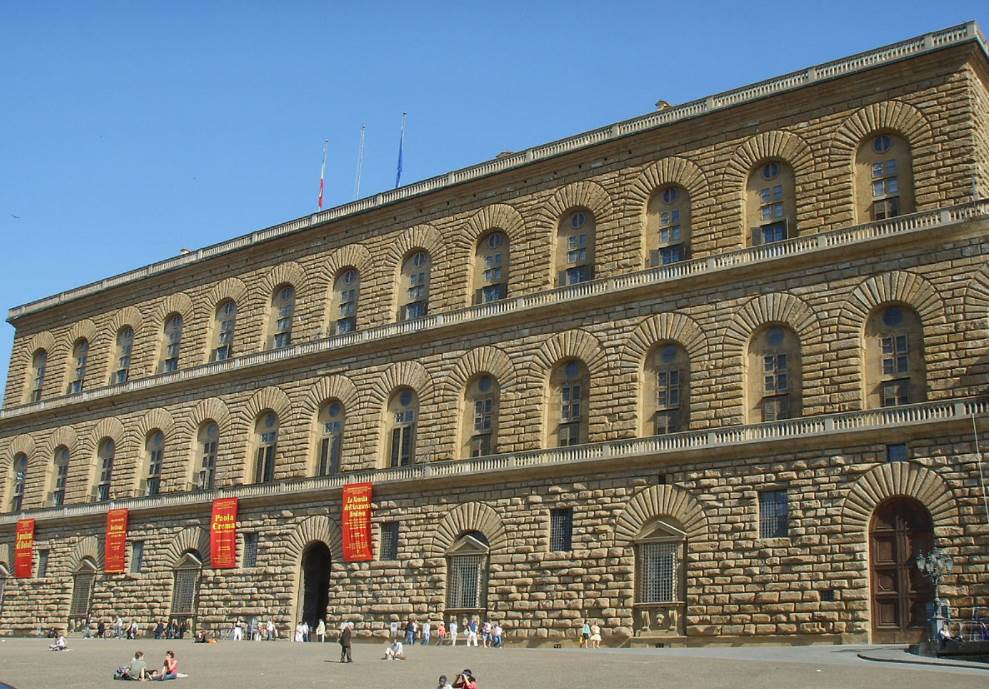
More interesting facts about Consequences of War by Rubens
6. Like most of the paintings by Rubens, it is relatively big. This particular painting has dimensions of 206 × 345 centimeters (81 × 136 inches), which makes it one of his larger works excluding the huge altarpieces he created.
7. Mars is seen being dragged away by Fury Alekto, one of the deities of vengeance in Ancient Greek Mythology which appears to be suffering from the ongoing pestilence and famine.
Rubens skillfully increased the dramatic effect of the painting by having her accompanied by demons which represent both the destruction and terror of war as the looming Apocalypse.
8. Apart from the major symbolic elements in the painting, several delicate symbols help to explain what the artist thinks of the ongoing war.
Mars can be seen standing on top of a book and a drawing, something that indicates that literature and art are forgotten during times of war. We can also see that an architect has fallen to the ground along with his instruments, a reference to the destruction that takes place in Europe.
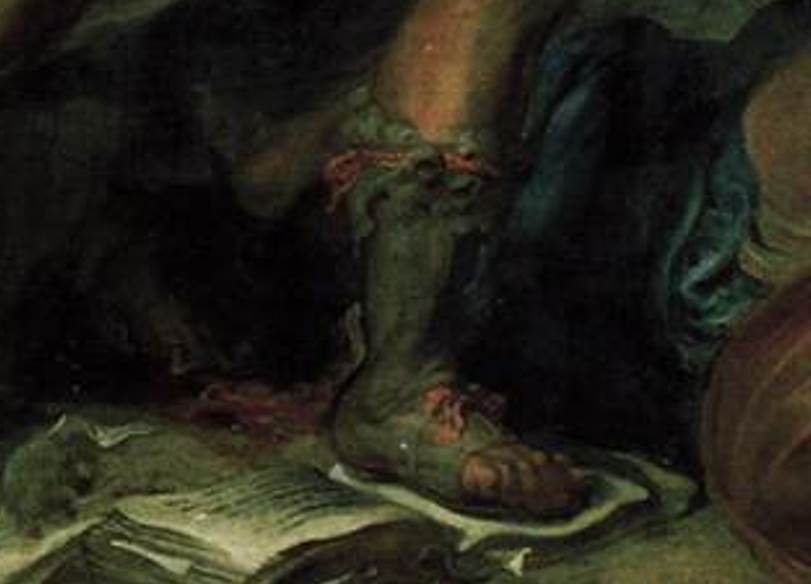
9. For this painting, the influence of both Michelangelo and Titian on Rubens can be seen. The muscular bodies are similar to those depicted by Michelangelo in works such as the Creation of Adam and The Last Judgement.
The naked woman bears a striking resemblance to Titian’s painting called “Venus with a Mirror.” She also has a lot in common with Titian’s most famous depiction of a nude female called “Venus of Urbino.”
10. Even though most of the symbols are a reference to the war that raged all across Europe at the time, there’s also a religious symbol included. Rubens included a globe carried by a little angel on the left.
This globe is topped by a cross, the ultimate symbol of Christianity and a reference to the trouble between Catholics and Protestants during this conflict.
